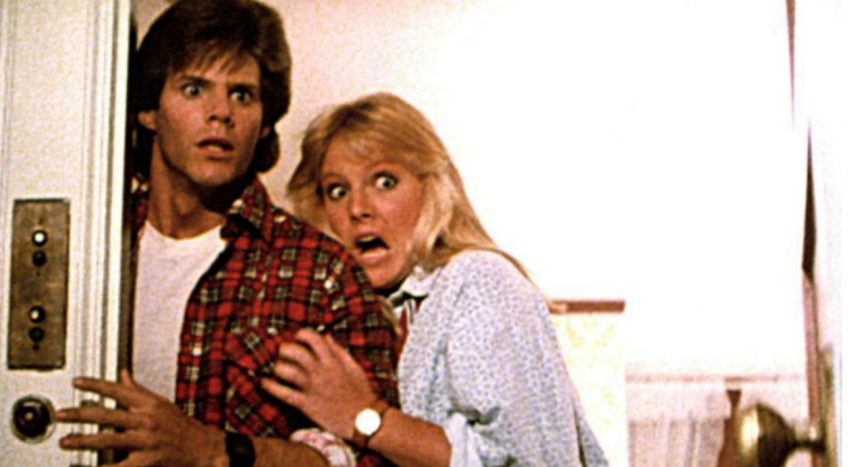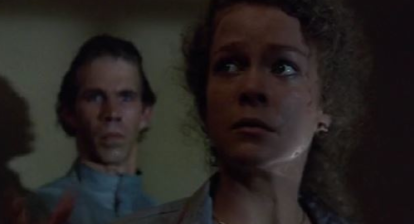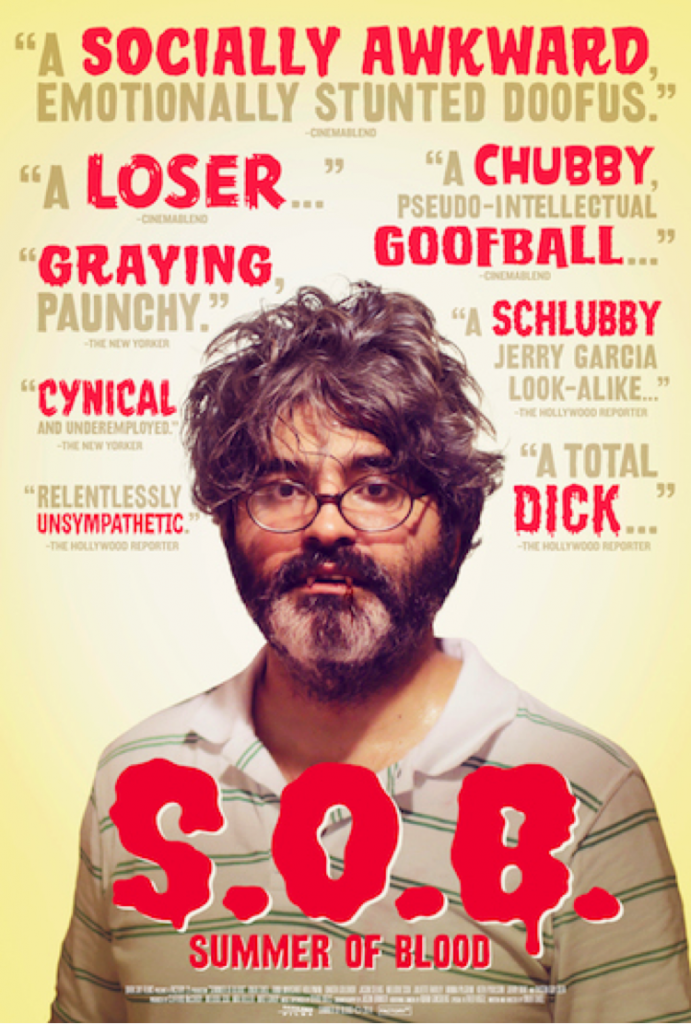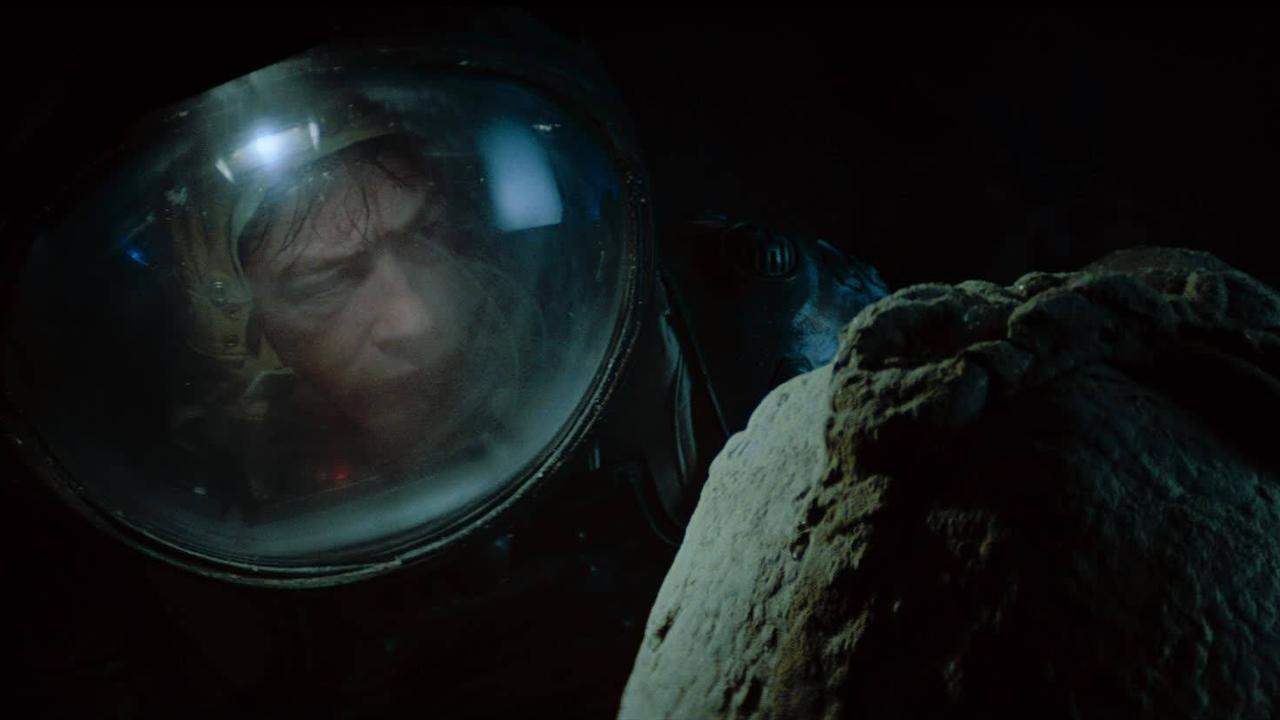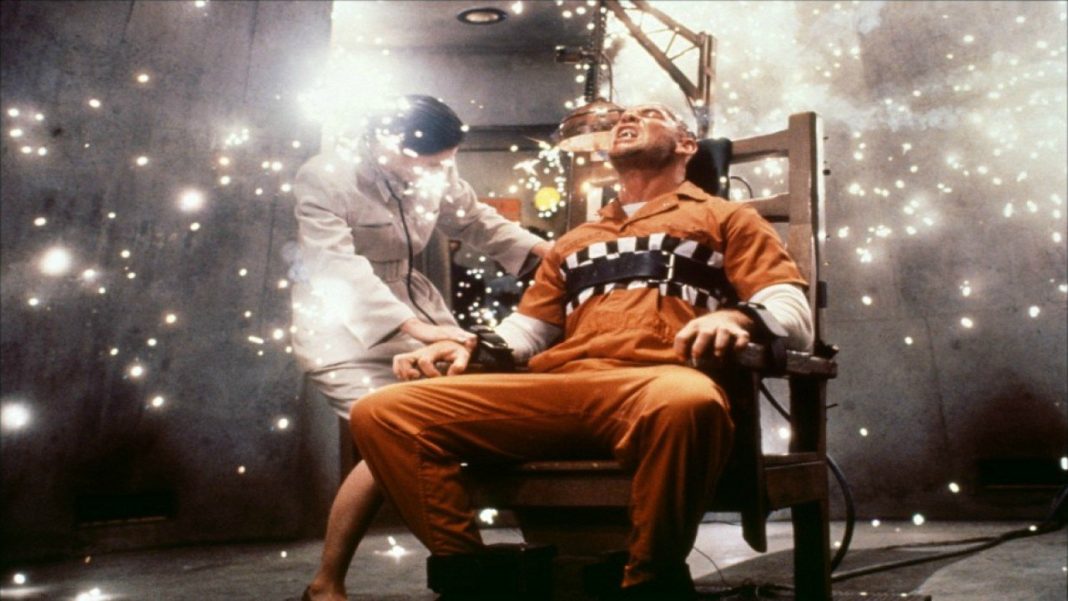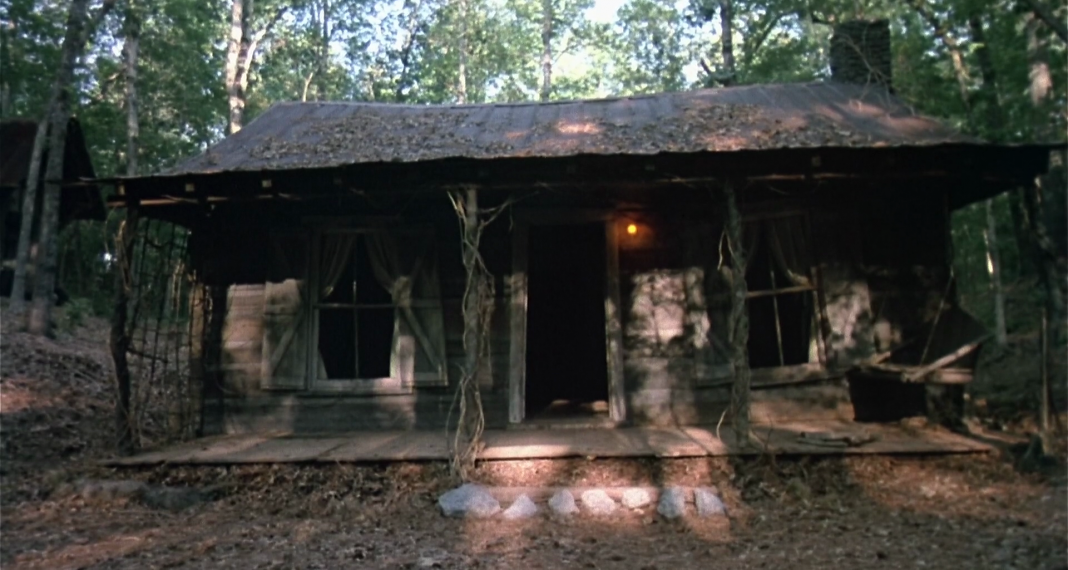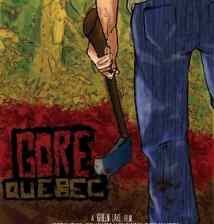Welcome to Back to the ’80s. This recurring feature aims to take a look at the good, the bad, and the ugly from horror’s most beloved decade. Regardless of which category a particular film falls under, this segment will spotlight films that horror fans can appreciate for one reason or another. We will look at how some of these flicks have stood the test of time and others have not aged quite so well. Regardless of what they look like today, these efforts from the 1980s laid the groundwork for the horror genre as we know it today. In this installment, we will be taking a look at April Fool’s Day.
I really hate this movie. Everything about it is trash and nobody should watch it ever. April Fools! I’m totally kidding. Who doesn’t love a good prank? If you are reading this on that gleefully celebrated day of April 1st, make sure you are alert to any suspicious glances from those around you. April Fools’ Day has become a beloved exercise in demonstrating how well a person can trick the people they love. You can always count on least one person forgetting what day it is and that is when the assumedly harmless fun can begin.
Released at the end of March in 1986, April Fool’s Day is a clever, suspenseful stab at the slasher genre. The feature is not a satire but it does play with the themes of both the genre and the holiday in question. Anyone searching long enough can find something sinister within any special day honored in society. Hence, the long list of 1980’s slashers with titles such as My Bloody Valentine, Happy Birthday to Me, Friday the 13th and so on. Still, April Fool’s Day stands out as an aptly chosen title for this genre. There is already an innate sinister quality to the day. Directed by Fred Walton, this picture uses these qualities to add to the suspense and fun expected by the audience.
The film begins as an acquainted group of college kids wait for a ferry to take them on a weekend getaway. Those that are not close friends are at least familiar with the others. The different personalities reveal a band of pranksters, thespians, and serious students. Everyone is linked in one way or another to their host, Muffy St. John (Deborah Foreman). Meanwhile, on the island, Muffy is busy preparing for her guests to arrive. Everyone boards the ferry and it is not long before the fun times dissolve into a nervous energy due to an unfortunate mishap that leaves everyone shaken. As the weekend wears on, the guests soon notice a change in Muffy’s personality as one by one people start to disappear.
April Fool’s Day succeeds by capturing an air of mystery combined with a solid cast of actors. Walton does not craft a terrifying picture; however, he utilizes the motifs of the now-familiar slasher to generate a suspenseful atmosphere. Both the characters and audience are led to believe at all the right beats that something is off about Muffy. He deliberately points out the obvious so everything will pay off in the end. In doing so, the characters typically act accordingly which allows the audience to become emotionally invested. The mystery is interesting enough that we want to know the answers; yet, we are not frustrated by the obvious mistakes characters make in these kinds of flicks.
Also See: Back to the ’80s: Psycho III
As said above, an excellent cast also contributes greatly to the success of April Fool’s Day. Arguably, the two most recognizable faces for 1980’s fans are Amy Steel and Thomas F. Wilson. Similar to her role as Ginny in the original Friday the 13th follow-up, Steel dons the final girl persona. She uses intelligence to reason with and outsmart the killer. Or so we think. Wilson portrays the loveable fifth-wheel Arch Cummings. The actor had just finished up his contribution as Biff Tanner, one of the decade’s most iconic (and beloved) villains, in 1985’s Back to the Future.
Playing a free-spirited couple, Nikki and Chaz, in April Fool’s Day are Deborah Goodrich and Clayton Rohner. A fun trivia fact is that Goodrich and Rohner had starred together the previous year in Just One of the Guys. This gender-bender comedy is one of my personal favorite 80’s selections. The two have a chemistry together clearly generated from their work in Just One of the Guys; however, their roles here could not be more different. Goodrich is given far more material to work with and Rohner reveals a more confident side of himself. With the possible exception of final girl Amy Steel, Goodrich molds Nikki into the most developed (if not most interesting) character on the screen.

Separating herself from the rest of the cast is Deborah Foreman as Muffy St. John. Her performance is tricky to review in-depth without giving away too many spoilers. Foreman believably handles the role of a girl setting up an elaborate scheme. In order for April Fool’s Day to work, the audience has to be willing to follow her as she navigates us through the film. Much like how her character Muffy (or Buffy) lures in her guests, Foreman’s performance needs to ring true. Otherwise, the climatic prank will fail to be pulled off successfully. Ultimately, she is challenged with playing a dual role that must seem authentically fake and succeeds.
Right from the beginning, the cast of April Fool’s Day have a fun energy that is engaging to the audience. While not a hard and fast rule, this approach is well-suited for the horror genre. The level of fear is raised when the viewer can find a way to relate to the characters. This is essential to Walton’s direction because he does not rely on heavy gore to frighten the audience. Like with any good prank, there is a sense of mild suspense. Walton uses the anticipation from that expected suspense in order to play with the audience. And more often than not, April Fool’s Day gives genre fans what they want while also letting them in on the joke.
Related: The Enduring Appeal of April Fool’s Day
By the mid to late 1980’s, the horror genre was becoming over-saturated with the methodical use of slashers. In addition, the core demographic of slasher films was starting to enter adulthood. Two things work particularly well for this feature to infuse the genre with something fresh. First, having the characters in April Fool’s Day be college-aged was a wise choice to appeal to the former teens that loved slashers. By no means was this the first horror flick to center on college students. And while the horror genre is appealing to any age, this feature specifically touches on the fears of facing one’s future. This is something young adults must come to at one point or another, and that underlying theme is prevalent throughout April Fool’s Day.
Secondly, the genius of April Fool’s Day is that the title is not arbitrarily plucked out of thin air. Many, many monikers from this decade relied on a holiday or special occasion to tell a scary tale. The same general plot was repeated but stretched (sometimes forcibly) to justify the use of that holiday title. Arguably, April Fool’s Day is the best use of a special day title since John Carpenter’s Halloween.
Like the 1978 seminal masterpiece, a recognizable holiday is incorporated organically into a horror film and achieves something innovative. To be clear, April Fool’s Day and Halloween are two very different films; however, April Fool’s Day uses the prank-loving day to do something inventive in its own special way. There is a sense of celebrating how a film can play a prank on not only the characters but the audience as well.
Horror fans searching for a 1980’s flick that does not take itself too seriously but remains respectful of the audience should check out April Fool’s Day. The 1986 picture had a remake released straight-to-DVD in 2008. I have not watched the remake, yet, but every year on the first of April, I pull out my copy of the original. There is a huge selection of generic 1980’s horror-holiday titles. And this beloved decade remains a time when genre flicks were equally as fun as they were scary. April Fool’s Day embodies that sentiment. Happy Pranking!

